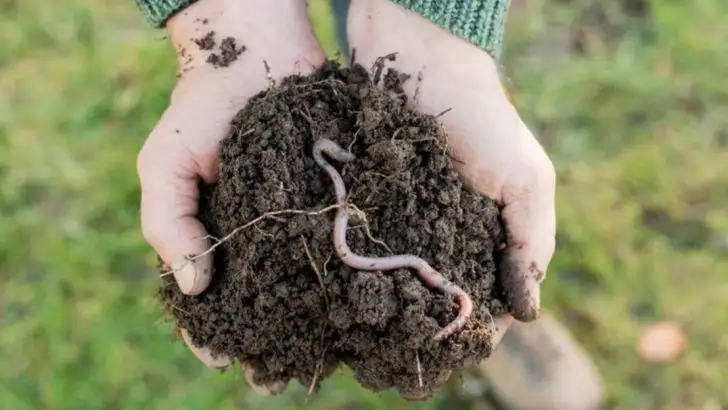If you’ve ever touched your garden soil just before a storm, you may have noticed something strange. It feels denser, cooler, even electrically alive—as if it’s bracing for what’s coming. This isn’t just imagination. The soil does change, and it matters more than we realize.
Shifts in barometric pressure, humidity, and ion exchange can affect how soil holds moisture, releases scent, and even how roots behave. Some plants start adjusting before the first drop falls—absorbing nutrients differently, altering microbial activity, or signaling fungi to help.
In this article, we explore how pre-storm conditions prime your soil and plants, and how tuning into these subtle shifts can make you a more responsive, intuitive gardener—no app or forecast needed.
Moisture Increase
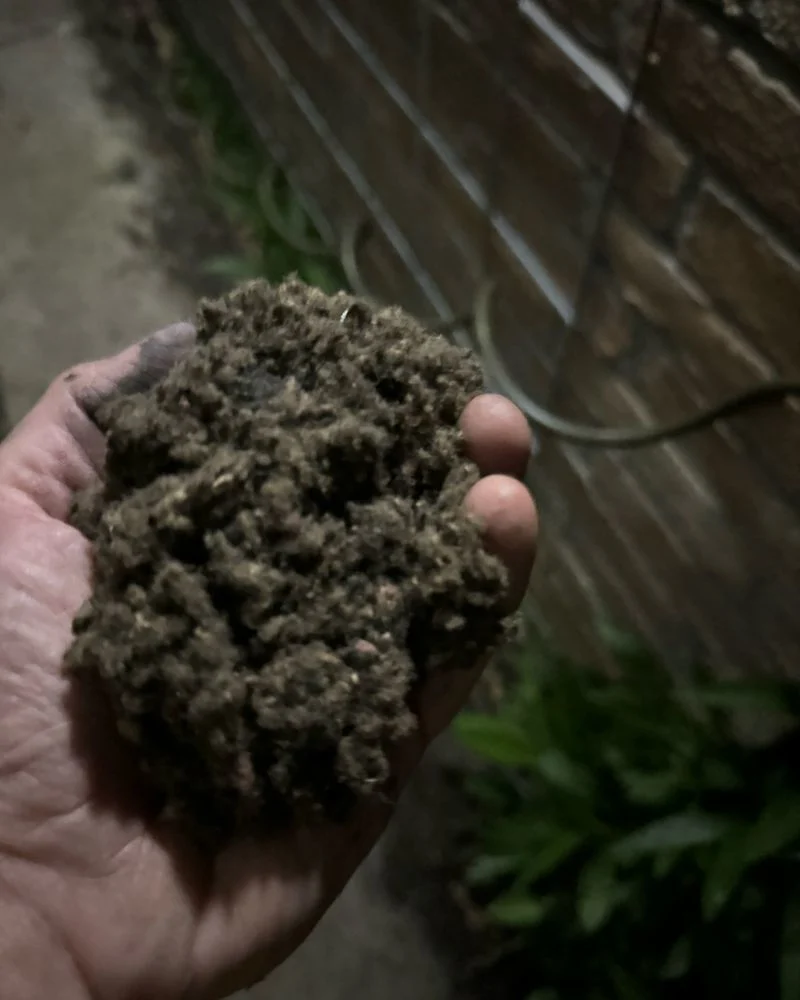
Ever noticed how the earth seems to drink up moisture just before the rain arrives? This isn’t magic—it’s science. Humidity levels rise as a storm approaches, and soil absorbs this moisture from the air, becoming noticeably damp. This pre-rain moisture surge not only affects the soil’s texture but also signals plants to prepare for incoming rain.
Earthy Scent
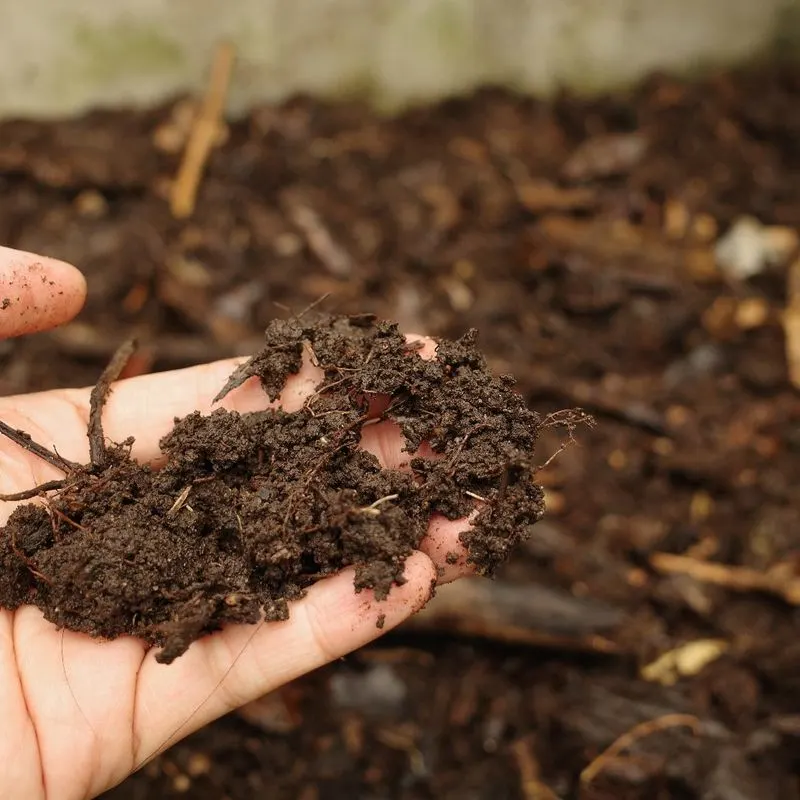
The distinct smell that hangs in the air before a storm is more than just nostalgia. It’s an aroma known as petrichor. When rain hits dry soil, oils released by plants are combined with the chemical compound geosmin. This mixture causes that rich, earthy scent, which can signal rain even before the first drop falls.
Temperature Drop
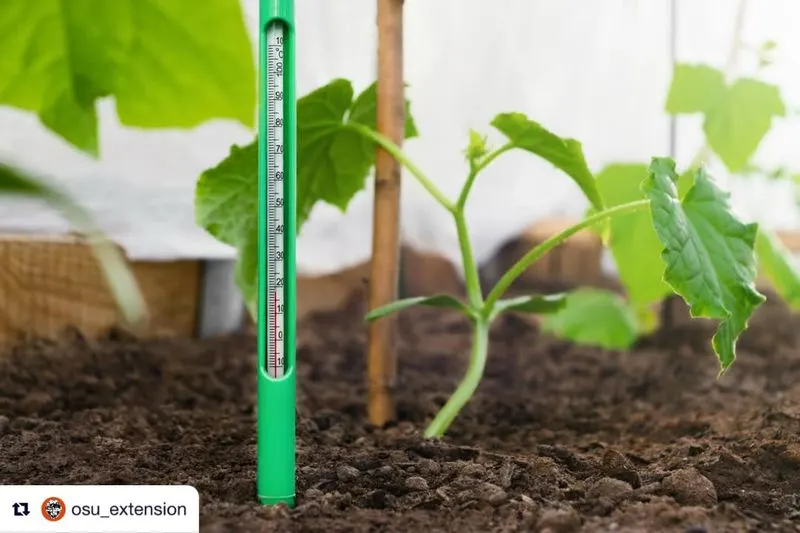
A sudden chill in the air often hints at an approaching storm. Cold air from the storm front pushes under the warm air, causing a noticeable drop in temperature. This shift can change the soil’s firmness and texture as cooler conditions lead to contraction, making it feel different underfoot.
Increased Earthworm Activity

Surprisingly, earthworms become more active just before a storm. Sensing the moisture increase, they surface to avoid drowning in waterlogged soil. This behavior results in soil that feels more uneven or spongy, as these creatures move about, creating tunnels and aerating the ground.
Soil Compaction
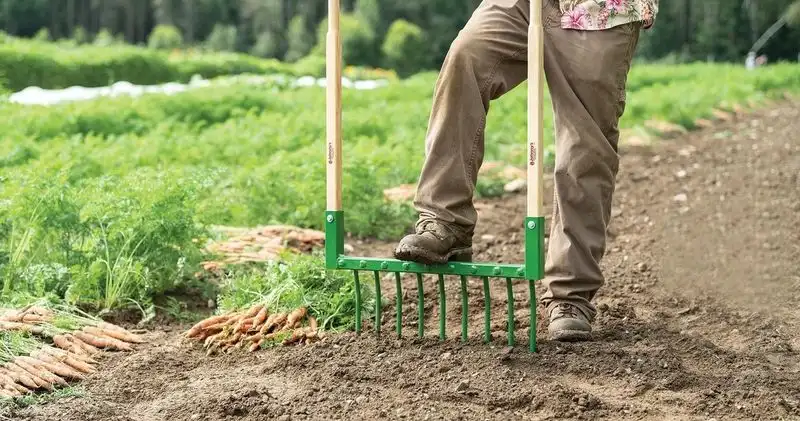
With the anticipation of rain, soil can sometimes compact, especially in clay-rich areas. The increased moisture content and pressure from overhead clouds lead to a denser surface. This compaction can affect water absorption rates and root penetration which is crucial for plants post-storm.

